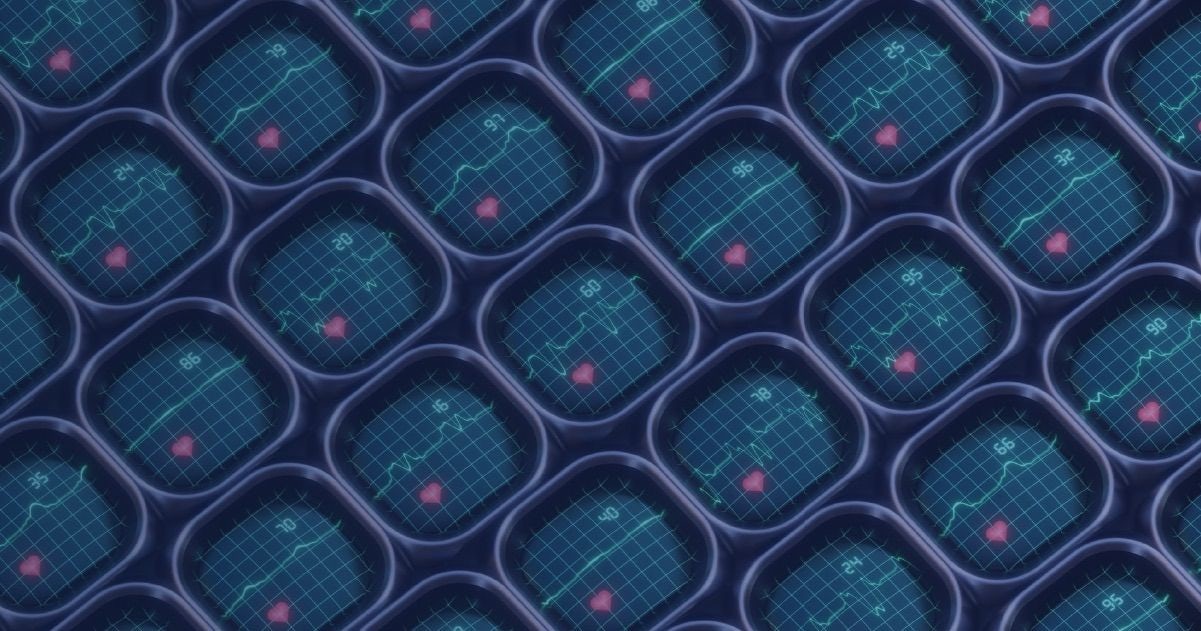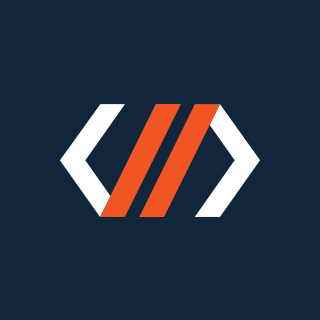The Internet of Things (IoT) is changing the healthcare industry at an increasing pace. Before the advent of IoT, patients' interactions with doctors were limited to visits and communications via phone or text. Doctors and hospitals could not track patients continuously or monitor their health in real time.
Today, IoT-enabled connected devices allow remote monitoring and care – increasing patient engagement and safety, reducing the length of hospital stays, and preventing readmissions. Moreover, IoT solutions also proved to reduce medical costs significantly and improve treatment outcomes.
The impact on the healthcare industry is undeniable: IoT redefines the space between devices and people in delivering healthcare solutions. Read this article to discover the most game-changing applications of the Internet of Things in healthcare.
Table of contents:
- IoT applications in the healthcare industry
- Benefits of IoT in healthcare
- Challenges of IoT in healthcare
- IoT and the future of healthcare
IoT applications in the healthcare industry
Hospital management
IoT technology can be used by hospitals to lower service costs and become more competitive. Institutions use different types of IoT devices to effectively monitor a hospital environment and allow doctors to react to changes in real time. For example, air quality monitors can check the moisture level, which affects patients with respiratory diseases.
Medical data transfers are closely connected to patient monitoring: hospitals can transfer gathered data to electronic medical records. This will allow doctors to see the dynamics of a patient's vitals and see how diseases progress.
Another area of hospital management that IoT impacts is asset management. Managing hospital assets can be a challenge since equipment, medications, and devices are often needed immediately, and finding them in a large facility can be hard. For this, hospitals can use IoT technologies like position tracking and indoor geolocation data that shows hospital staff where equipment is – for example, on which floor and in which room.
Computer vision
Computer vision technology is making strides across all types of applications, including ones used in the healthcare industry. Take drones as an example. When combined with artificial intelligence, computer vision forms the basis of drone technology. Specialized drones use these technologies to detect obstacles and navigate around them, helping visually impaired people to move more safely through the world.
Another use case for computer vision technologies is related to medical imaging. IoT platforms help to analyze rich multimedia data such as medical images to detect cancer earlier and improve treatment outcomes. One IoT solution in this field uses images produced from smart connected CT scanners to achieve that.
Hearables
Hearables are new-age medical devices that mimic hearing aids. They can be easily connected to smartphones via Bluetooth. They allow users to add various filters and equalize extra layered features to real-world sounds so that they better suit their ears.
Ingestible sensors
Ingestible sensors are tiny computer chips designed to be swallowed in order to gather information about their environment as they pass through. They can warn patients when they've taken too much medicine, help track what they eat, or send an alarm if any irregularities are found in their bodies.
Such sensors are a boon for diabetic patients because they help them deal with the symptoms and cure them by leveraging early warnings before critical health issues occur.
Insulin pens and smart CGM devices (continuous glucose monitors) have been designed to monitor blood glucose levels in a real-time scenario. The recorded data is shared through the dedicated mobile app on a cloud server or with physicians. Patients with diabetes and high glucose levels can also make use of these medical devices to share real-time data with their doctors.
Benefits of IoT in healthcare
Faster monitoring and reporting
Remote patient monitoring devices have the potential to reduce readmission rates by providing quick and accurate data collection and sharing. IoT devices collect and transfer health data, including oxygen level, sugar level, blood pressure, weight, ECG, and more, to a cloud platform.
Later on, this information is shared by remote patient monitoring systems with an authorized person who could be healthcare providers, physicians, medical insurers, health firms, or consultants. These professionals can have a glance over the collected data on their devices at their convenience.
This approach streamlines the operation and greatly reduces the mortality rate.
Improved hospital management
If an IoT system is correctly integrated into a hospital's infrastructure, it can significantly increase the speed and effectiveness of routine processes via automated equipment management. Doctors and other hospital staff get to spend much time on tasks that can be automated.
Another benefit of IoT is greater control over hospital staff and environments. When there are a lot of patients and responsibilities to take care of, staying true to healthcare standards might be difficult.
IoT devices, especially wearables, can track all kinds of aspects of hospital life - down to details such as whether doctors wash their hands regularly by medical standards.
End-to-end connectivity
Healthcare mobility solutions, IoT technologies, and next-gen healthcare facilities play a major role in automating the patient care workflow. IoT-equipped healthcare services enable interoperability and make machine communication streamline, exchanging information at blazing fast speed, and the data movement makes healthcare service delivery effective.
Modern connectivity protocols have transformed the way healthcare personnel spot illness and ailments in patients at home or on the go, as well as treat them onsite by implementing telemedicine techniques. This tech-driven setup lowers the cost of treatment by eliminating unnecessary doctor's visits, making optimum resource usage, and improving resource allocation and planning.
Real-time tracking and alerting
When the conditions are critical, on-time alerts can become essential. These medical IoT devices understand the signs of any disease and pass the signals data to doctors in real-time scenarios, along with dropping notifications to concerned people via notification and smart sensors. This allows medical providers to leverage on-time treatment and make accurate decisions.
Such IoT-based devices have capabilities like real-time alerting, tracking, and monitoring to allow doctors to give hands-on treatment with better accuracy along with remote improving patient care systems.
Remote medical services
In times of emergency, smartphones have become the way to connect with patients living kilometers away from the hospital. With the introduction of mobility solutions in the healthcare system, doctors can treat ailments on the go without leaving their offices.
In addition to this, numerous healthcare delivery chain companies developing medical device technology forecast that they will build machines and systems to distribute drugs based on the doctor's description and disease-related data linked through the device.
This further enhancement of IoT technology will improve patient care in hospitals and will cut down people's healthcare expenses to a great extent.
Challenges of IoT in healthcare
Data security and privacy
One of the biggest challenges to an IoT-powered healthcare system is patient data security and privacy. Though IoT devices capture and transmit data in a real-time scenario, they lack data protocol and security standards. Also, ownership regulations may be unclear.
These factors make the data vulnerable to cybercriminals who can attack the system and compromise on personal health information of doctors and patients. Such information can be misused to create fake IDs to purchase drugs and medical equipment that can be encashed later.
Due to different communication protocols and standards, it is difficult to incorporate data aggregation into most IoT devices. A plethora of patient data is collected by these devices, but its use in decision-making by doctors or hospital staff members is hindered due to this issue of volume. This eventually impacts the quality of decisions being made as well as patient safety.
As more devices are connected, which record more data, this concern will likely escalate further in the future.
Integration of multiple devices
Integration of multiple devices can also cause hindrances in implementing IoT because manufacturers haven't reached an agreement regarding protocol and communication standards.
When multiple devices that operate on different communication protocols and standards are connected, the differences in their protocols and standards can create hindrances to data aggregation. However, this uniformity of protocol and standard is important in order to ensure that multiple IoT devices work together seamlessly, thereby increasing the scalability of IoT-powered healthcare systems.
Cost of implementation
The cost considerations may surprise you, but the bottom line is that IoT has not made healthcare affordable for everyone yet. The high costs of healthcare in developed countries led to "medical tourism," in which patients with critical conditions access healthcare facilities of developing nations at a fraction of the price they would pay at home.
While IoT usage among healthcare providers as a concept is fascinating and promising, it hasn't solved cost issues yet. To successfully implement an IoT app, stakeholders must make it cost-effective, so it doesn't remain out of reach except for high-income communities.
IoT and the future of healthcare
Along with improving components, including medical services and gadgets, the Internet of Things also enhances healthcare applications that aid in better patient monitoring, telemedicine services, imaging, medication management, and overall workflow management in hospitals.
IoT will not only be incorporated by hospitals and healthcare centers but will also be widely adopted by surgical centers, research organizations, and government institutions. This rapidly advancing technology sector will bloom as societies face new healthcare challenges in the future.
Get in touch with us if you’re looking for a team of experts with experience in healthtech solutions. We can help you build a truly disruptive product for this exciting market.

